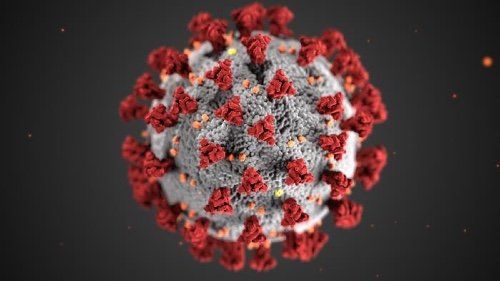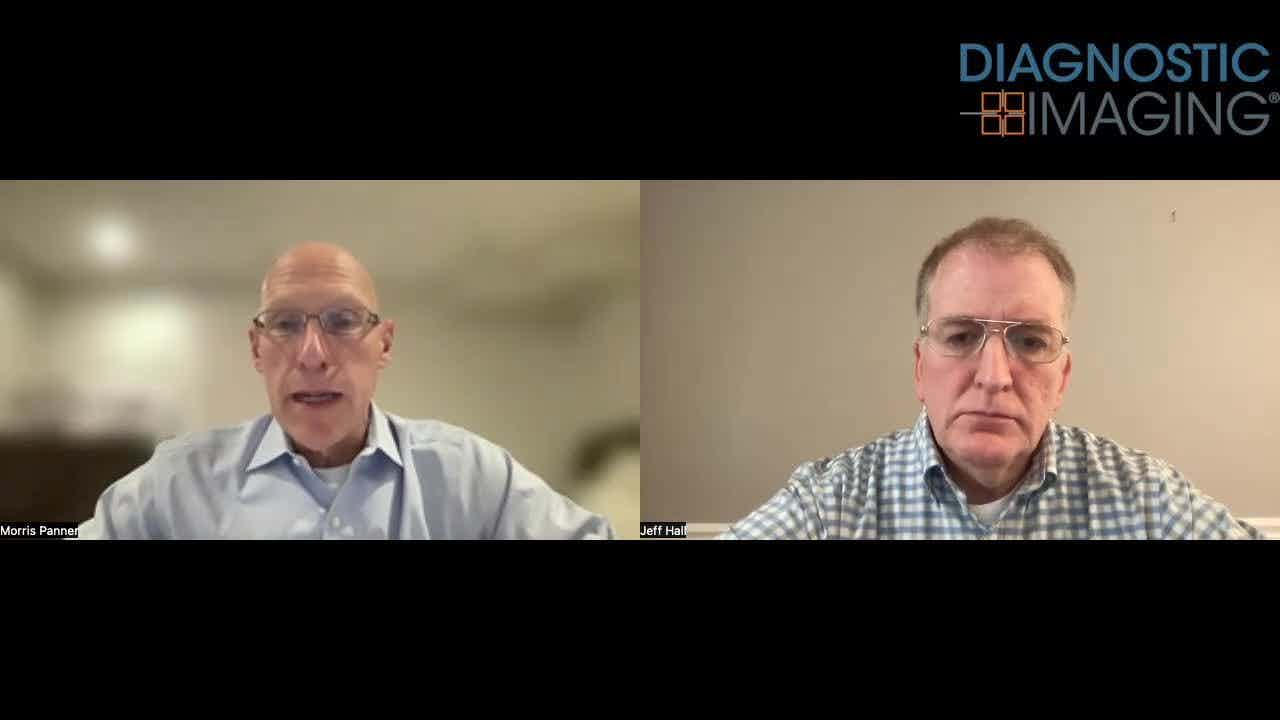Radiology Revenue Could Drop by Up to 70 Percent During COVID-19 Crisis
Practices can anticipate several months of financial disruption.

Most radiology practices are currently feeling the pinch of deep reduction in imaging revenue, and the decreased volume isn’t likely to rebound any time soon.
By the time the COVID-19 crisis ends, according to anecdotal experiences, practices can anticipate a loss of revenue between 50 percent-to-70 percent of their normal levels. Experts Joseph Cavallo, M.D., a diagnostic radiology specialist, and Howard Forman, M.D., MBA, professor of radiology and biomedical imaging, from Yale New Haven Hospital’s radiology department said, in a report published Wednesday in Radiology, practices can reasonably expect the downturn to last up to four months.
“Radiologists are facing an economic crisis with a severity and length that fewer could have imagined,” Cavallo said in a statement issued by the Radiological Society of North America. “Practices will need to make short-term sacrifices to ensure solvency, stay agile enough to handle a quickly changing and uncertain fiscal environment, and be prepared for potentially permanent changes to the field moving forward.”
The current economic climate is unusual for radiology practices, he said, because it is exacerbated by the concurrent need to restrict imaging in an effort to control viral transmission. Including an extra month for recovery, he and his co-author postulated it would be many months before things returned to normal. Without a vaccine, the downward turn could last into 2021, they concluded.
For most practices, the volume drop began with initial calls to postpone all non-emergent imaging studies, including all screening exams. Shelter-in-place orders compounded the decline by eliminating situations that frequently lead to imaging needs.
“Shelter-in-place orders have dramatically cut the number of traffic collisions and led to decreased crime across the country,” Cavallo wrote. “Suspension of collegiate, scholastic, and community athletics has resulted in less trauma. Social distancing recommendations help minimize the transmission of other communicable diseases, such as influenza.”
Based on an analysis of the change in imaging volume from Yale’s academic multi-specialty radiology practice, the group saw a 70 percent dip in outpatient imaging since the start of the crisis, including a 50 percent drop in emergent and inpatient services.
Financial Assistance Programs
To help off-set the revenue drop, there are several options for financial assistance. Congress has enacted the CARES Act to provide relief to practices. Although the legislation doesn’t specifically mention radiology, many provisions can offer financial support to radiology practices and their employees. To date, $30 billion of the $100 billion in outlined in the Act have already been allocated.
In addition, radiology practices can get loans, loan guarantees, and other investments from a $500 billion pot made available through the U.S. Treasury’s Exchange Stabilization Fund as long as their meet certain criteria. It’s also possible for them to defer paying the employer portion of Social Security taxes through the end of this year.
And, a temporary suspension of the Medicare Sequester will halt a 2-percent Medicare payment cut that was intended to go into effect on May 1, 2020. Providers can also get interest-free loans that total up to three months of their Medicare payments previously collected through October 2019 to December 2019 as part of the Medicare COVID-19 Advance Payment Program.
Practice-Level Financial Strategies
There are financial tactics that practices can implement at the grassroots level to help bolster their bottom line during this outbreak, the co-authors concluded.
A detailed analysis of their overhead expenses could reveal ways to reduce those expenditures on a semi-permanent basis. Reducing work hours, temporarily cutting salaries, suspending bonuses, implementing furloughs, and considering layoffs in the direst of circumstances are options. Some practices have already instituted hiring freezes for several months, Cavallo and Forman added.
These measures will likely stem some of the financial depletions during the COVID-19 pandemic, but they can also have an impact in the long term, the co-authors said.
The Aftermath
Although the timing is uncertain, the outbreak will subside. However, radiology will likely have a new normal once patients begin returning.
“As we enter recovery in the immediate aftermath of this pandemic, the economy and radiology practices themselves are likely to look different,” the co-authors wrote.
What that playing field will look like remains cloudy. There will be a backlog of imaging, but will the postponements and volume decreases change perspectives about what studies are necessary and which are expendable, they wondered.
In addition, the industry could see more radiologists working permanently from home with larger practices extended work shifts beyond the traditional workday hours to accommodate higher volume or patients who prefer off-hour exam times. It’s possible income will come fall, making radiology a less desirable career option in the future.
“It is our hope that legislators can offer additional help for the unpredictable times ahead,” both Cavallo and Forman said. “Ultimately, it will be a combination of the publicly provided aid and individual managerial decisions by radiologists that determine what our practice environments looks like in 2021 and beyond.”
New Collaboration Offers Promise of Automating Prior Authorizations in Radiology with AI
March 26th 2025In addition to a variety of tools to promote radiology workflow efficiencies, the integration of the Gravity AI tools into the PowerServer RIS platform may reduce time-consuming prior authorizations to minutes for completion.
The Reading Room: Artificial Intelligence: What RSNA 2020 Offered, and What 2021 Could Bring
December 5th 2020Nina Kottler, M.D., chief medical officer of AI at Radiology Partners, discusses, during RSNA 2020, what new developments the annual meeting provided about these technologies, sessions to access, and what to expect in the coming year.










